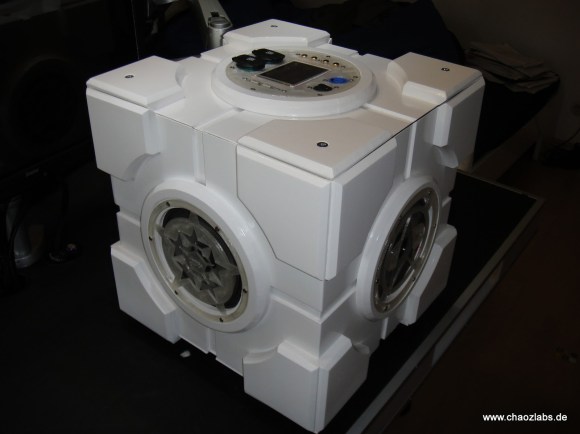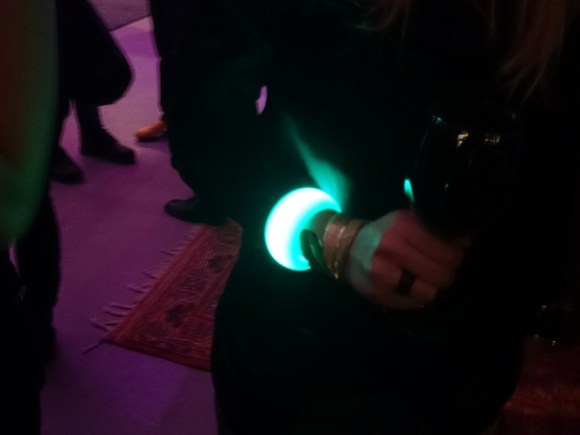The Bitbox, an open source game console, has received a number of updates in the past couple of months. Last time we covered this DIY console, [Makapuf] had just managed to get the first revision to run a simple game. The second revision will increase the colors to 32k, add another channel of sound for stereo, switch controllers from PS2 to USB, and add support for Olimex’s UEXT expansion devices.
While the hardware upgrades are impressive, there’s been a lot of work on the Bitbox software as well. A new game demo called Fire was created as a set of tutorials to help people start developing for the console. There’s also a BitBoy, a GameBoy emulator for the Bitbox. BitBoy is a ported version of gnuboy for the ARM Cortex-M4 processor that powers the Bitbox. It successfully emulates a number of commercial GameBoy ROMs.
We’re looking forward to seeing what’s next for the Bitbox. After the break, check out a video of BitBoy running on the Bitbox.


















